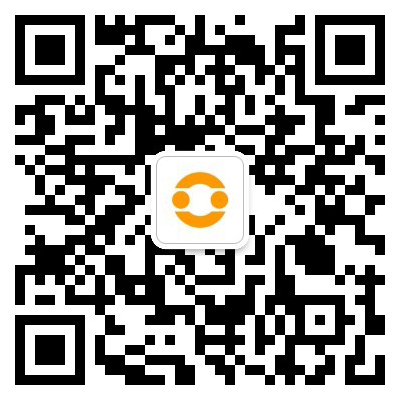Back in my university days, I vividly recall the frantic rush to check my academic status—whether it was exam results, enrollment confirmations, or fee payments. For students at Tribhuvan University (TU), it\’s a common ritual, and doing it online can save hours of waiting in long queues. But let\’s be honest, the process isn\’t always intuitive. Over the years, I\’ve helped dozens of friends navigate it smoothly, and I\’ll break it down based on real-world experience.
First off, what exactly is TU status? It refers to your student record on the university\’s official portal, covering everything from grades and transcripts to admission updates and scholarship details. Think of it as your digital academic ID card—vital for staying on top of deadlines and avoiding last-minute panics. Without it, you might miss out on crucial opportunities, like applying for exams or securing financial aid. That\’s why mastering the online check is essential, especially in today\’s fast-paced world where every minute counts.
To get started, you\’ll need a stable internet connection and your student credentials handy. Head over to the Tribhuvan University website—make sure you\’re on the official one, like \”tribhuvan-university.edu.np,\” to dodge phishing scams. Once there, look for the \”Student Portal\” or \”Login\” section; it\’s usually front and center on the homepage. Click through, and you\’ll land on a login page asking for your roll number and password. If it\’s your first time, don\’t sweat it—just use the default password provided during enrollment, often your birth date or a temporary code sent via email.
After logging in, the dashboard might feel overwhelming at first glance. Focus on tabs like \”Academic Records\” or \”Status Overview.\” I\’ve found that clicking on \”Examination\” or \”Registration\” submenus reveals the goldmine: your current status displayed in simple tables. For instance, if you\’re checking exam results, it\’ll show pass/fail marks with color-coded highlights. But here\’s a pro tip from my own blunders: always double-check for updates around peak times, like right after result announcements, when the site can slow down. If pages take forever to load, try switching browsers or clearing your cache—it’s saved me from countless reload loops.
Now, what if things go sideways? Say you forget your password or hit an error message. The portal has a \”Forgot Password\” link, which typically sends a reset to your registered email. If that fails, shoot an email to the TU IT support—they\’re surprisingly responsive, though it might take a day or two during busy seasons. And for security, never share your login details; I learned that the hard way when a friend\’s account got hacked. Overall, once you\’ve got the hang of it, checking your status becomes a quick, empowering habit. It frees up time for actual studying or life outside academia.
In the end, embracing this online tool isn\’t just about convenience—it\’s about taking control of your education journey. With a bit of practice, you\’ll breeze through it like a pro, leaving those paper-based hassles in the past.
评论:
 微信扫一扫打赏
微信扫一扫打赏
 支付宝扫一扫打赏
支付宝扫一扫打赏

